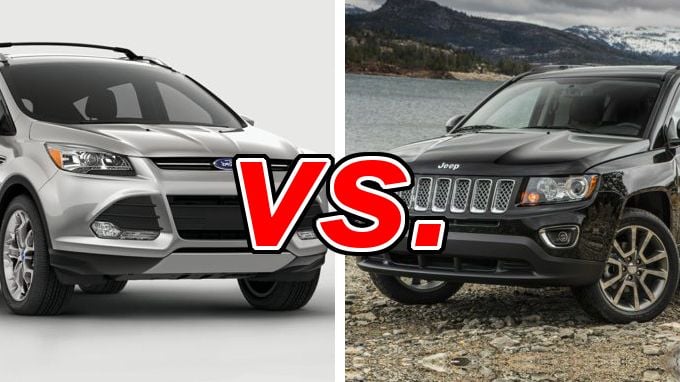

Here is the RAV4 and CR-V for comparison.Īs such, it can be concluded that the Hyundai Tucson does indeed have more cargo capacity than the CR-V and the RAV4. There still would've been space available above it. You can see that there is a considerable amount of space still leftover.Īs I didn't have a bag or anything that could fit there I just used the smaller roller bag. That would be the same 38-quart cooler and duffle bag that maxed out the RAV4 and the CR-V.

This is good to know, since I only tested the RAV4 in the raised position (long story, an exception to the rule). As everything is sitting on the floor (as opposed to utilizing the extended wings), you can see that everything would still fit even if you left the floor in its raised position. Now let's remove the pretend cargo cover to see how much space would be leftover. I should also mention that the reclining back seat was placed at the same comfortable angle I use in any such instance. The extra width afforded by removing the left-side panel actually freed up a considerable amount of space, allowing for the smaller roller bag and fancy bag to lie on their sides next to each other. In fact, it was seemingly easier to fit them than in the RAV4 or CR-V. I also include my wife's fancy overnight bag just to spruce things up a bit (21L x 12W x 12D).Īll the bags fit, no problem. However, it was very easy to see where it would go (above right) and I could therefore see how many bags would fit.Īs in every luggage test I do, I use two midsize roller suitcases that would need to be checked in at the airport (26 inches long, 16 wide, 11 deep), two roll-aboard suitcases that just barely fit in the overhead (24L x 15W x 10D), and one smaller roll-aboard that fits easily (23L x 15W x 10D).

Now, this Tucson was missing its cargo cover. Like in the RAV4, though, you cannot store the cargo cover down there AND use the lower load floor height in the Tucson. You usually have to store the giant cover cartridge somewhere, which is why I usually test with and without it in place. See that little indentation? You can plug the cargo cover in there when not in use, which is a terrific feature not found in many SUVs (the RAV4 is another that has this). There are also little plastic panels that can be removed in the lower setting (they can be stored in the underfloor bit pictured above) to provide extra width. As we're only dealing with the latter in this test, the floor stayed in its lowest position. This lets you enjoy a flat load floor when the back seat is folded yet provides the most capacity possible when raised. Spare tire aside, the Tucson has dual-level cargo floor like many SUVs (not the CR-V). So basically, something to keep in mind when ranking the cargo space of these compact SUVs (and specifically their hybrids). This is what's under the floor in the Tucson Hybrid, which is at least somewhat useful, but obviously considerably less so should you blow out a tire. The CR-V Hybrid does not, and neither does the Tucson Hybrid. Indeed, one I missed in that earlier comparison test: The RAV4 has a spare tire. Although their cargo figures are basically unchanged regardless of whether you go gas-only or hybrid, there's actually an important part of the equation that's missing. Now, before I get to how the 2022 Hyundai Tucson did in the same test, let's talk about each of these crossovers' generally recommended hybrid options. As I discovered in my luggage test comparison of those two, there was effectively no capability difference between the two: mostly the CR-V's cargo area is taller, the RAV4's longer. This falls right in between the Honda CR-V at 39.2 and Toyota RAV4 at 37.5. This can be seen in its 41.3 inches of back seat legroom (the CR-V has 40.4), and since this is the luggage test after all, its 38.7 cubic-feet of cargo space with the back seat raised. With the Venue and Kona now below, it has leapfrogged much of its competition to indeed become of the biggest compact SUVs. The Hyundai Tucson used to be one of the smallest compact SUVs, but not any more.


 0 kommentar(er)
0 kommentar(er)
